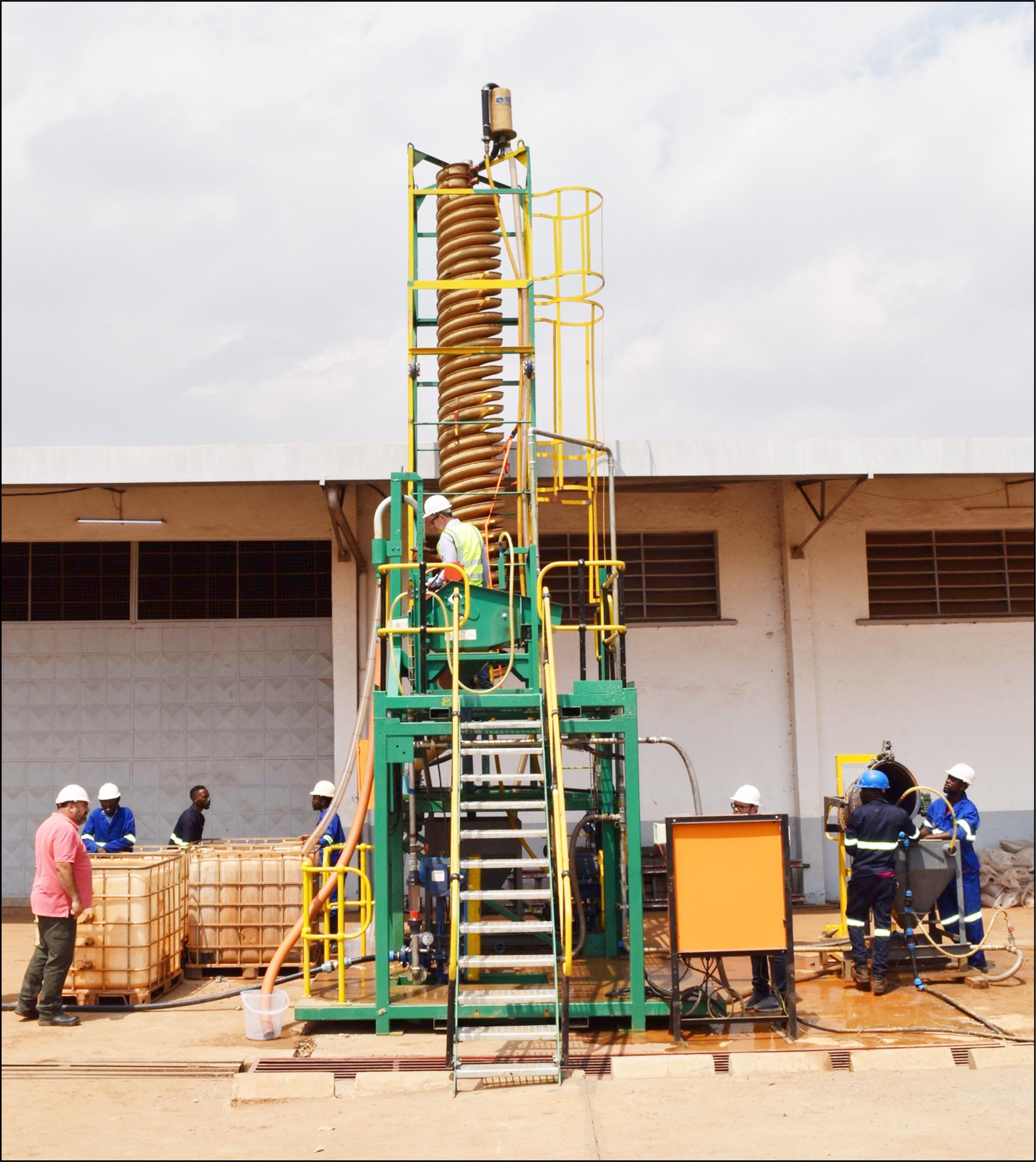
Mining
Sovereign Metals completes Kasiya infill drilling program
November 05, 2024 / Wahard Betha

By Wahard Betha
ASX-listed Sovereign Metals has announced the completion of an infill drilling program at its Kasiya Rutile-Graphite Project in Lilongwe to support ongoing technical studies.
In a press statement, the Company says aircore drilling which was supported by hand auger, push tube and diamond core drilling, has now been completed in the southern part of Kasiya focused on the designated pits proposed to provide ore feed in the first eight years of the Project’s production schedule.
Sovereign’s MD and CEO Frank Eagar comments: “Completing the infill drilling program on schedule will assist us in upgrading our Mineral Resource Estimate (MRE)and will feed into our future technical studies as part of ongoing pre-development activities at the Kasiya Project being overseen by the Sovereign-Rio Tinto Technical Committee.”
“The ore Reserves in these areas are expected to convert from the Probable to Proven category with an upgrade of the current MRE from Indicated to the Measured category under the JORC (2012) Code.”
Eagar also explained that the Company has assigned offsite laboratories in South Africa and Australia to assay all samples for rutile and graphite whereby results and subsequent resource upgrade are expected in early 2025.
Eagar says an offset 200x200 metre program was designed resulting in an average drill spacing of 142 metres.
He explains: “The offset spacing had the advantage of allowing analysis of geology and grade continuity in both orthogonal and diagonal directions.”
“The drilling program consisted of: 1. 281 aircore holes drilled over 5,607m, with an average depth of 20 metres, 2. 309 hand auger holes drilled over 1,280m with an average depth of 4 metres 3. 30 push tube and diamond core holes drilled over 663m, providing samples for verification twinning and geotechnical sampling with an average depth of 22 metres.”
“The current MRE identifies broad and continuous high-grade rutile and graphite zones, extending over a vast area of more than 201 km²,” he said.
Rutile mineralisation is concentrated in laterally extensive, near-surface, flat “blanket” deposits in areas where the weathering profile remains intact and largely uneroded.
Graphite is largely depleted near the surface, with grades generally improving at depths greater than 4 metres, down to the base of the saprolite zone, which averages around 22 metres.
Recently, Kasiya was proven to be the world’s largest rutile deposit and second-largest flake graphite deposit, with over 66% of the current MRE in the Indicated category.































